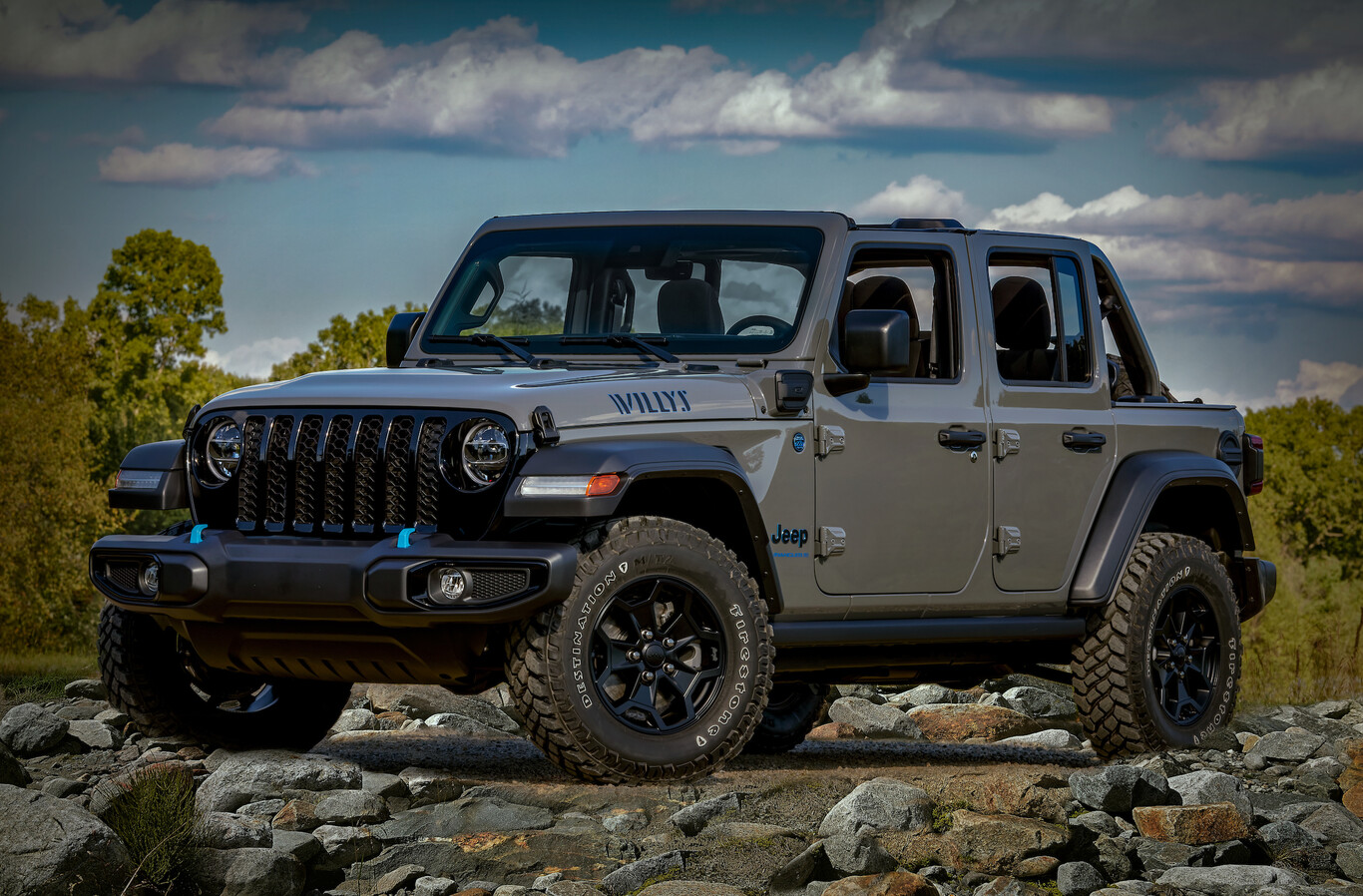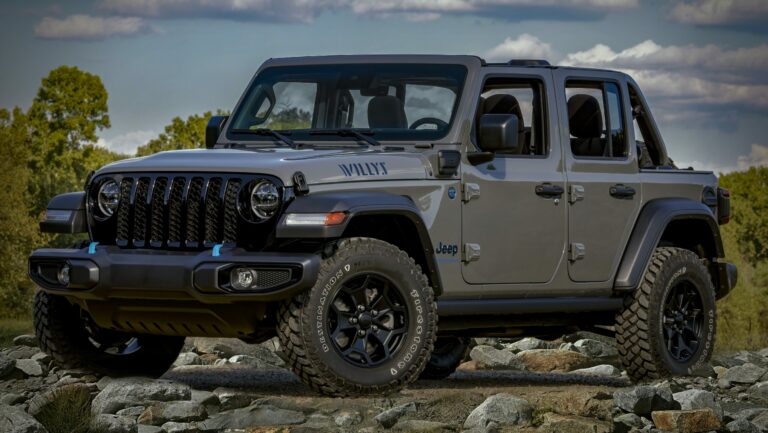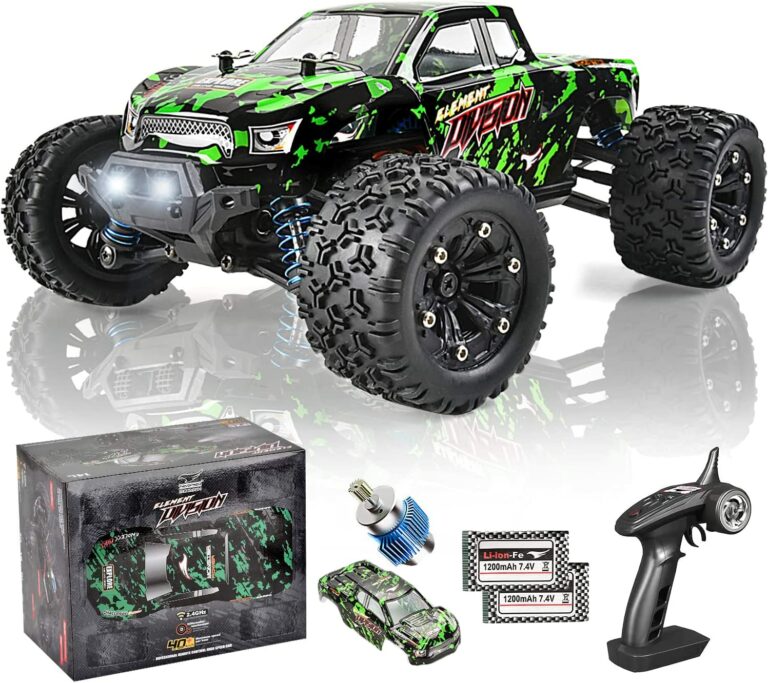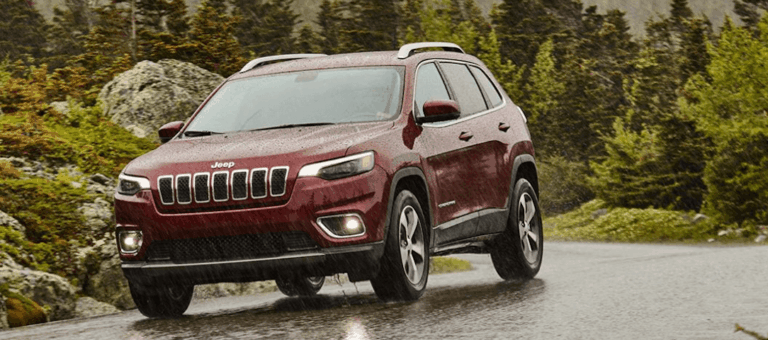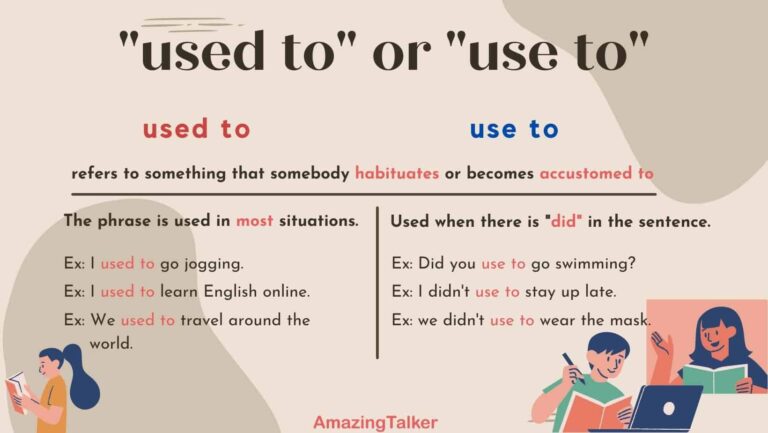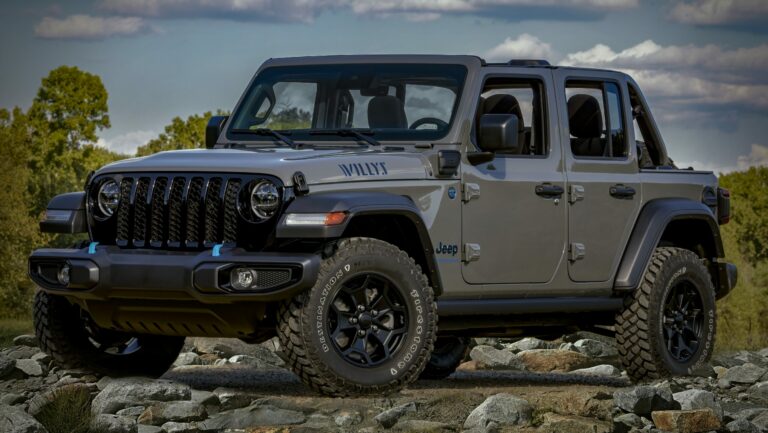Jeep Hardtop Used For Sale: Your Ultimate Guide to Enhanced Comfort and Security
Jeep Hardtop Used For Sale: Your Ultimate Guide to Enhanced Comfort and Security jeeps.truckstrend.com
For any Jeep owner, the choice between a soft top and a hardtop is more than just a matter of aesthetics; it’s about comfort, security, and the overall driving experience. While the soft top embodies the quintessential open-air freedom of a Jeep, a hardtop offers unparalleled protection from the elements, improved security, and a quieter ride. However, purchasing a brand-new hardtop can be a significant investment, often running into thousands of dollars. This is where the vibrant market for Jeep hardtop used for sale comes into play, offering a cost-effective and practical solution for owners looking to upgrade their ride or replace a damaged top.
This comprehensive guide will delve deep into everything you need to know about navigating the used Jeep hardtop market. From understanding the benefits and types available to crucial inspection tips, installation advice, and common challenges, we’ll equip you with the knowledge to make an informed purchase and transform your Jeep experience.
Jeep Hardtop Used For Sale: Your Ultimate Guide to Enhanced Comfort and Security
Why Choose a Used Jeep Hardtop? The Undeniable Benefits
Opting for a used hardtop isn’t just about saving money; it comes with a host of advantages that make it an attractive proposition for many Jeep enthusiasts.
- Significant Cost Savings: This is undoubtedly the primary driver. A new OEM hardtop can cost anywhere from $2,500 to over $5,000, depending on the model and features. A used hardtop, even in excellent condition, can often be acquired for a fraction of that price, freeing up your budget for other Jeep modifications or maintenance.
- Enhanced Security: Unlike a soft top that can be easily cut or unzipped, a rigid hardtop provides a much greater deterrent against theft. It protects your valuables and offers peace of mind, especially if you frequently park your Jeep in urban areas or store items inside.
- Superior Weather Protection: Hardtops offer far better insulation against extreme temperatures, rain, snow, and wind. They keep the cabin warmer in winter and cooler in summer, making your Jeep a more comfortable daily driver year-round.
- Reduced Road Noise: The composite or fiberglass construction of a hardtop, often coupled with an internal headliner, significantly dampens road noise and wind roar compared to a fabric soft top. This results in a quieter, more refined driving experience, particularly on highways.
- Durability and Longevity: Jeep hardtops are built to last. Made from robust materials, they can withstand years of abuse from the elements and off-road adventures. A well-maintained used hardtop can serve you just as effectively as a new one for many years to come.
- Retained Resale Value: Should you decide to sell your Jeep or switch back to a soft top in the future, a hardtop (especially an OEM one in good condition) retains a good portion of its value and can be sold separately, recouping some of your initial investment.

Understanding Types and Compatibility: Finding Your Perfect Fit
![]()
Before you start your search, it’s crucial to understand the different types of hardtops available and, most importantly, ensure compatibility with your specific Jeep model.
Types of Hardtops:
- OEM (Original Equipment Manufacturer) Hardtops: These are factory-fitted hardtops designed specifically for a particular Jeep model and year. They offer the best fit, finish, and often include integrated features like rear defrosters, wipers, and washer fluid lines. OEM tops are generally made from fiberglass or a composite material.
- Aftermarket Hardtops: Several reputable aftermarket manufacturers (e.g., Bestop, Smittybilt, DV8 Offroad) produce hardtops for Jeeps. These can offer unique designs (like fastback styles), different materials, or additional features. Quality can vary, so research individual brands thoroughly.
- Modular Hardtops: Some hardtops, especially for JK and JL models, come in multiple pieces (e.g., the main rear section and removable "Freedom Panels" above the front seats). This allows for partial open-air driving without removing the entire top.
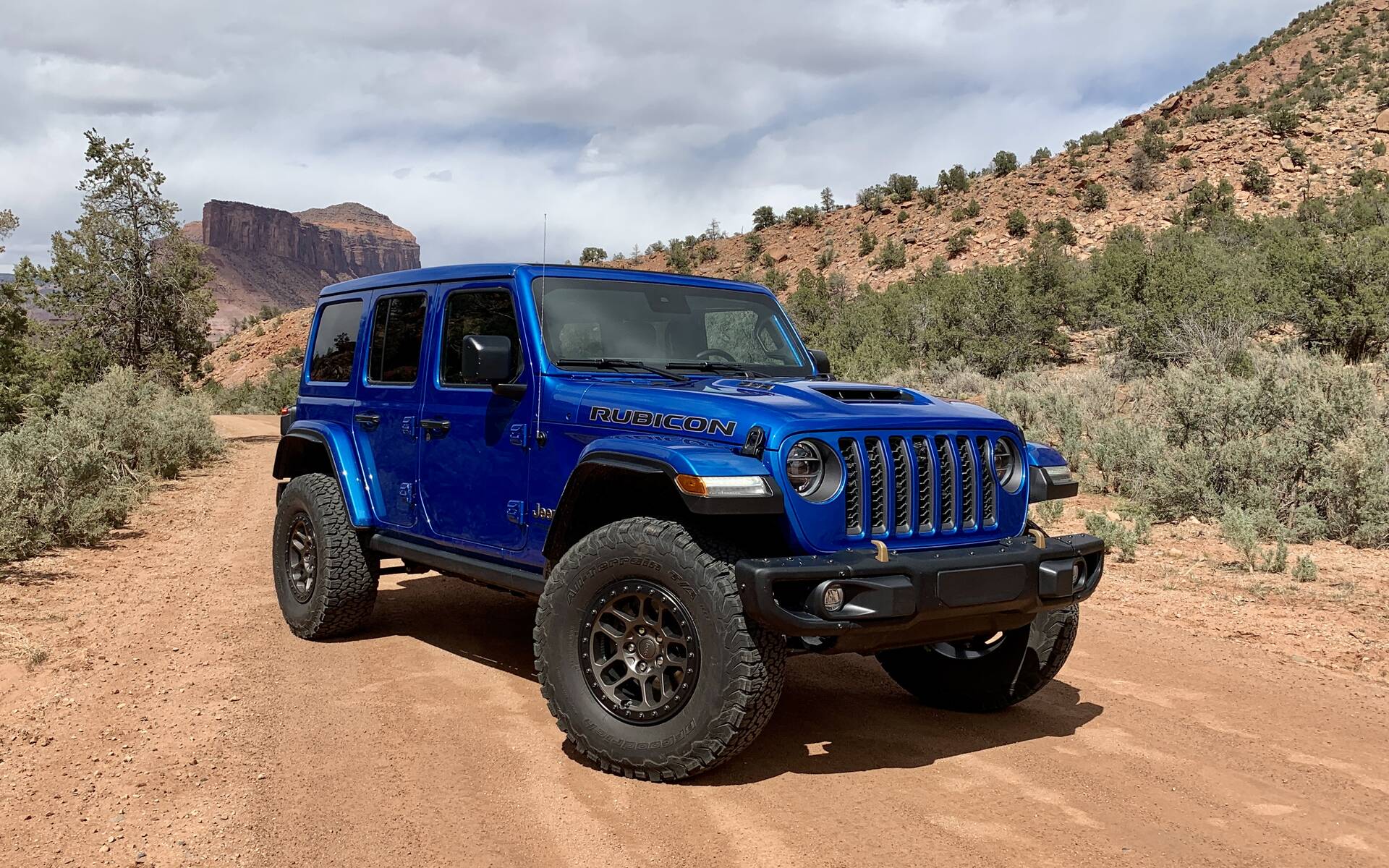
Key Compatibility Considerations:
- Jeep Model and Generation: This is paramount. A hardtop designed for a Jeep JK (2007-2018) will NOT fit a TJ (1997-2006) or a JL (2018-Present). Each generation has distinct body dimensions and mounting points.
- Two-Door vs. Four-Door: Hardtops for two-door Wranglers are significantly shorter than those for four-door models. Ensure you are looking at the correct configuration for your vehicle.
- Year-Specific Features: While hardtops within the same generation are generally interchangeable, minor differences can exist. For instance, early JK models might have slightly different wiring harnesses for the rear defroster/wiper compared to later models. Always confirm.
- Wiring Requirements: If your Jeep currently has a soft top and you’re adding a hardtop with a rear wiper and defroster, you’ll need to ensure your Jeep has the necessary wiring harness and connections. Most Wranglers from the TJ onward are pre-wired for these features, but it’s always good to verify.
Where to Find Your Next Used Jeep Hardtop
The market for used Jeep hardtops is robust, but knowing where to look can save you time and increase your chances of finding a great deal.
- Online Marketplaces:
- Craigslist and Facebook Marketplace: These are excellent local resources. Search regularly using terms like "Jeep hardtop," "JK hardtop," "JL hardtop," etc. Be prepared to travel for pickup.
- eBay: Offers a wider geographical reach, but shipping costs for such a large item can be prohibitive. Best for local pickup listings.
- Dedicated Jeep Forums and Social Media Groups: Many online communities for Jeep enthusiasts have "For Sale" sections. These often connect you with fellow enthusiasts who understand the value of their parts and may offer better deals or more accurate descriptions.
- Local Salvage Yards/Junkyards: This can be a treasure hunt. While selection is hit-or-miss, you might find a hardtop at a significantly reduced price. Be prepared to remove it yourself.
- Used Auto Parts Dealers: Some specialized shops deal in used OEM parts. They might have a network to source hardtops, though prices could be slightly higher than private sales.
- Off-Road Shops and Dealerships: Occasionally, off-road customization shops or Jeep dealerships might have used hardtops from trade-ins or customers who upgraded to soft tops. It’s worth a call.
Crucial Inspection Checklist Before You Buy
Purchasing a used hardtop requires careful inspection. A thorough check can prevent future headaches, costly repairs, or leaks. Don’t rush the process!
- Structural Integrity:
- Cracks and Chips: Inspect the entire exterior for cracks, especially around mounting points, windows, and edges. Small chips might be acceptable, but any major cracks can compromise the top’s integrity and lead to leaks.
- Fading/Discoloration: While cosmetic, significant sun fading (especially on black tops) indicates prolonged sun exposure, which can weaken the material over time.
- Deformation/Warping: Ensure the hardtop sits flat and appears symmetrical. Warping can lead to poor fitment and persistent leaks.
- Windows and Seals:
- Glass Condition: Check for chips, cracks, or deep scratches on the rear window and side windows.
- Window Seals/Gaskets: These are critical for preventing leaks. Inspect all rubber seals around the windows and the main body of the hardtop for dry rot, cracking, tears, or signs of shrinkage. Press on them to see if they are still pliable.
- Rear Wiper and Defroster: If equipped, check the condition of the wiper blade, arm, and the electrical connections for the defroster. Ask the seller to confirm they are in working order.
- Hardware and Interior:
- Mounting Points/Latches: Ensure all mounting points are intact and not stripped or damaged. Verify that all latches (especially for Freedom Panels, if applicable) are present and function smoothly.
- Wiring Harness: Confirm that the wiring harness for the rear wiper and defroster is present and appears undamaged.
- Interior Headliner: Check the interior headliner for sagging, tears, water stains (indicating past leaks), or mold/mildew.
- Completeness:
- All Sections Present: For modular tops (JK/JL), ensure both Freedom Panels are included with the main rear section.
- Necessary Hardware: Ask if any specific mounting bolts or interior latches are included. While these can often be bought separately, having them is a bonus.
Practical Tip: If possible, ask the seller to place the hardtop on your Jeep (even if just loosely) to visually confirm the fitment before committing to the purchase. This also allows you to check for any obvious gaps.
Buying and Installation Guide: Getting Your Top On
Once you’ve found the right hardtop, the next steps involve the purchase, transportation, and installation.
The Buying Process:
- Communicate Thoroughly: Ask the seller detailed questions about the hardtop’s history, any known issues, and why they are selling it. Request additional photos or even a video if you can’t inspect it in person.
- Negotiate: Don’t be afraid to negotiate the price, especially if you find minor imperfections.
- Arrange Transport: Hardtops are large and awkward. You’ll need a pickup truck, a utility trailer, or a large van to transport it. Ensure you have blankets or padding to protect it during transit. You may need to enlist the help of a friend or two to load and unload it.
Installation (DIY vs. Professional):
- DIY Installation:
- Teamwork is Key: You will need at least two strong adults, preferably three or four, to safely lift and position the hardtop onto your Jeep.
- Tools: Basic hand tools like a ratchet and Torx bits (T30, T40, T50 depending on your Jeep model) are usually sufficient for securing the bolts.
- Steps:
- Remove your soft top (if applicable).
- Carefully align the hardtop over your Jeep’s tub.
- Slowly lower it, ensuring the front edge seats properly against the windshield frame and the rear aligns with the tailgate.
- Secure all mounting bolts (usually 6 or 8) around the perimeter. Do not overtighten.
- Connect the wiring harness for the rear wiper and defroster (if equipped).
- Install the interior latches for the Freedom Panels.
- Professional Installation: If you’re uncomfortable with the lifting and alignment, or if your Jeep isn’t pre-wired for a hardtop, a local off-road shop or Jeep dealership can install it for you. This ensures proper fitment and functionality, but comes with an added cost.
Post-Installation Checks:
After installation, perform a few checks:
- Leak Test: Run water over the top with a hose or wait for rain to check for leaks around the windows and seams. Address any leaks immediately by adjusting the top or replacing seals.
- Functionality: Test the rear wiper and defroster to ensure they work correctly.
- Road Test: Take your Jeep for a drive to listen for any unusual noises or vibrations from the new top.
Tips for Maintaining Your Used Hardtop
Once installed, a little maintenance will keep your hardtop looking good and functioning optimally for years.
- Regular Cleaning: Wash the hardtop regularly with car soap and water to prevent dirt and grime buildup.
- Seal Care: Periodically apply a silicone-based lubricant or rubber conditioner to all rubber seals around the windows and the hardtop’s base. This prevents drying, cracking, and shrinkage, which are common causes of leaks.
- Hardware Checks: Every few months, inspect all mounting bolts and latches to ensure they are secure. Tighten as needed.
- Proper Storage: If you remove your hardtop for the summer, store it properly on a purpose-built hardtop cart, hoist system, or a secure rack. Store it indoors in a dry, temperate environment to prevent warping or weather damage.
Potential Challenges and Solutions
While buying a used hardtop is often a smooth process, some challenges can arise.
- Challenge: Leaks after installation.
- Solution: This is the most common issue. First, ensure the hardtop is correctly seated and all bolts are tightened. Inspect all rubber seals for damage or dryness; replace them if necessary. Automotive silicone sealant can be used sparingly on persistent leak spots, but it’s often a band-aid fix for underlying seal issues.
- Challenge: Broken or missing hardware (latches, bolts).
- Solution: OEM replacement parts can be sourced from dealerships, online parts suppliers, or sometimes salvage yards. Aftermarket hardware kits are also available.
- Challenge: Rear wiper or defroster not working.
- Solution: Check the fuses in your Jeep’s fuse box first. Then inspect the wiring harness for any breaks or loose connections. The wiper motor might be faulty. A professional auto electrician can diagnose and repair these issues.
- Challenge: Transporting the hardtop.
- Solution: As mentioned, a pickup, trailer, or large van is necessary. Always bring at least one or two extra strong people to help load and unload.
- Challenge: Hardtop color doesn’t match your Jeep.
- Solution: You can have the hardtop professionally painted to match your Jeep’s color, or consider a vinyl wrap for a custom look and added protection.
Estimated Price Table for Used Jeep Hardtops
Prices for used Jeep hardtops vary significantly based on the model year, generation, condition, location, and whether it’s an OEM or aftermarket top. The following table provides general estimated price ranges (in USD).
| Jeep Model/Generation | Condition | Estimated Price Range (USD) | Notes & Considerations |
|---|---|---|---|
| Jeep YJ (1987-1995) | Good | $300 – $700 | Basic fiberglass, often no rear defroster. Check for cracks around mounting points. |
| Very Good | $600 – $1,000 | ||
| Jeep TJ (1997-2006) | Good | $500 – $1,000 | More common with rear defroster/wiper. Check window seals thoroughly. |
| Very Good | $800 – $1,500 | ||
| Jeep JK 2-Door (2007-2018) | Good | $800 – $1,500 | Often includes Freedom Panels. Check for sun fading on panels. |
| Very Good | $1,200 – $2,000 | ||
| Excellent | $1,800 – $2,500 | ||
| Jeep JK 4-Door (2007-2018) | Good | $1,000 – $2,000 | Larger, heavier. Ensure all sections (front panels, rear section) are included and undamaged. |
| Very Good | $1,800 – $2,800 | ||
| Excellent | $2,500 – $3,500 | ||
| Jeep JL 2-Door (2018-Present) | Good | $1,500 – $2,500 | Newer models, higher demand. Check for integrated wiring for power features. |
| Very Good | $2,200 – $3,500 | ||
| Excellent | $3,000 – $4,500+ | ||
| Jeep JL 4-Door (2018-Present) | Good | $2,000 – $3,500 | Most expensive due to size and modern features. |
| Very Good | $3,000 – $4,500 | ||
| Excellent | $4,000 – $5,500+ | ||
| Aftermarket (Various) | Varies | $500 – $3,000+ | Depends heavily on brand, type (e.g., fastback, modular), and features. Research specific brands. |
Frequently Asked Questions (FAQ)
Q: Can I put a hardtop from a 2-door JK on a 4-door JK?
A: No, the hardtops for 2-door and 4-door Wranglers are different lengths and are not interchangeable.
Q: Do all hardtops come with wiring for the defroster/wiper?
A: Not all. Older YJ and some TJ models might not have these features. Most JK and JL OEM hardtops do, but always confirm with the seller and check the wiring harness.
Q: How many people does it take to remove/install a hardtop?
A: A minimum of two strong adults is needed, but three to four people make the process much safer and easier. Alternatively, a garage hoist system can allow for solo removal/installation.
Q: What if the hardtop I buy isn’t the same color as my Jeep?
A: You have a few options: embrace the contrasting color, paint it to match your Jeep (either DIY with specialized paint or professionally), or get it wrapped in vinyl.
Q: Are aftermarket hardtops as good as OEM?
A: It depends on the brand. Some aftermarket manufacturers produce high-quality hardtops that are comparable to or even surpass OEM in certain aspects (e.g., modularity, specific designs). Others may have fitment issues or lower quality seals. Always read reviews and research the specific brand.
Q: How do I store my hardtop when not in use?
A: The best way to store a hardtop is on a dedicated hardtop cart with padded supports or using a hoist system in your garage. Store it indoors, away from extreme temperatures and direct sunlight, to prevent warping or seal degradation.
Q: Will a hardtop make my Jeep quieter?
A: Yes, significantly. A hardtop provides much better insulation and sound dampening compared to a soft top, leading to a noticeable reduction in road noise and wind noise.
Q: Do I need special tools for installation?
A: Generally, no. Most hardtops require standard hand tools like a ratchet and appropriate Torx bits (T30, T40, T50 are common). The biggest "tool" you’ll need is strong, helping hands!
Conclusion
The market for Jeep hardtop used for sale offers an excellent opportunity to enhance your Wrangler’s comfort, security, and versatility without breaking the bank. By understanding the benefits, knowing where to search, and diligently inspecting potential purchases, you can find a quality hardtop that seamlessly integrates with your vehicle. While some challenges like transport or minor repairs may arise, the long-term advantages of a hardtop—from improved weather protection to a quieter cabin—make it a smart and worthwhile investment. With this guide in hand, you’re now well-equipped to embark on your search and transform your Jeep into an even more capable and comfortable daily driver or off-road machine.
